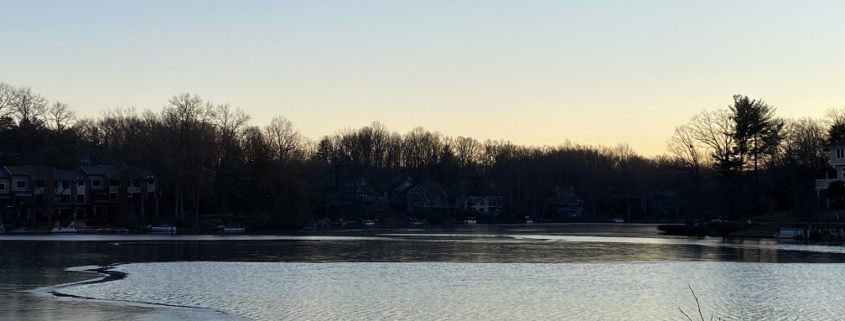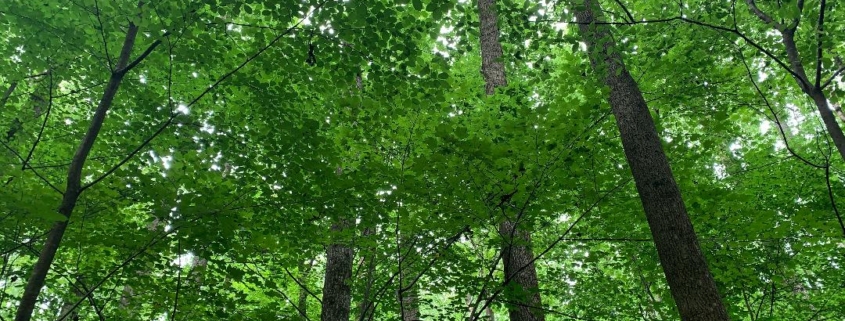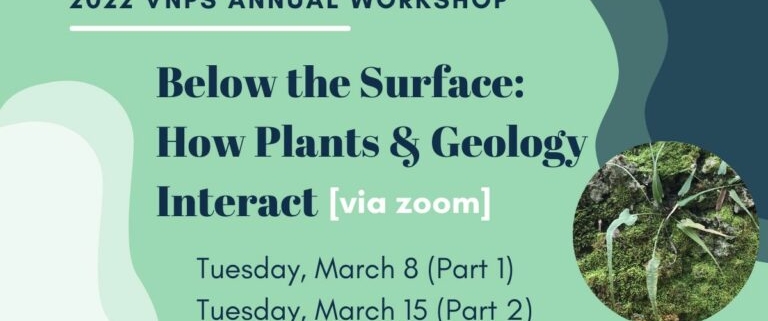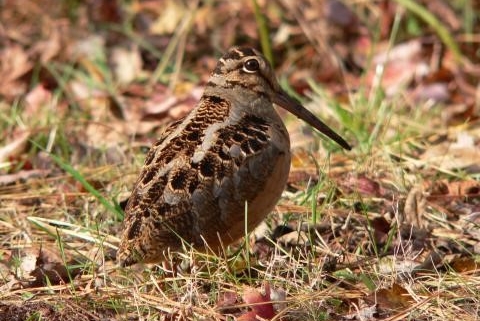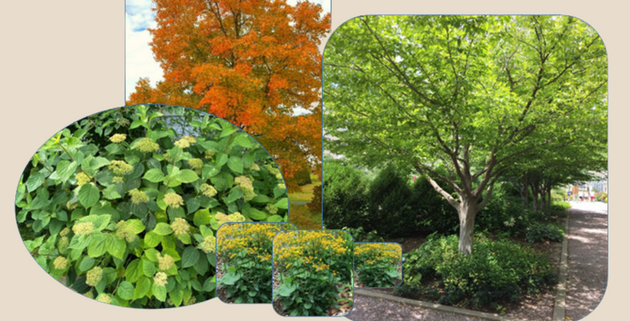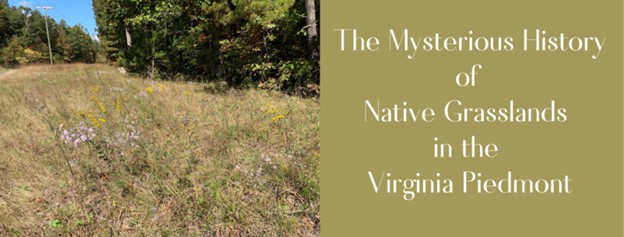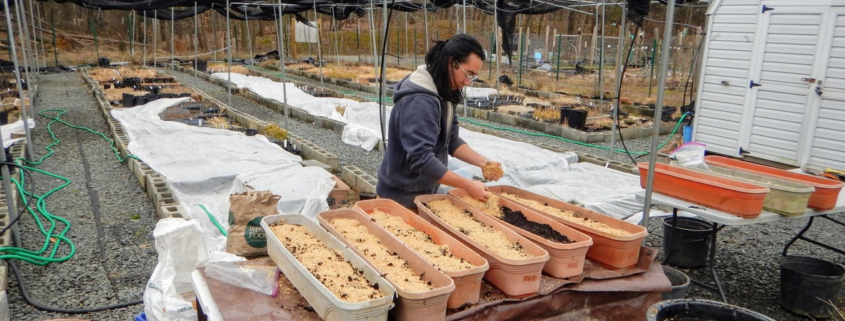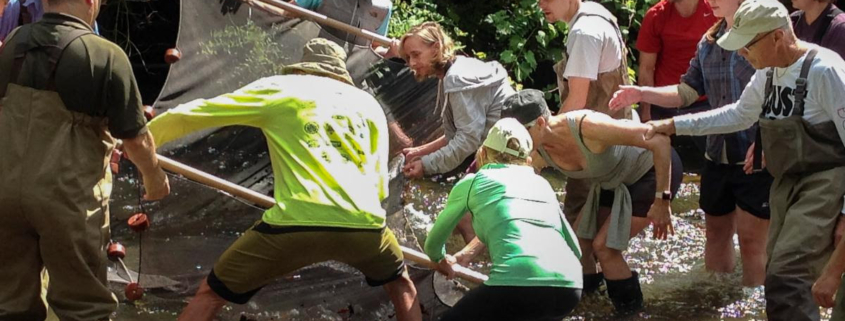The Southern Celestial Sky of Fairfax County
A twilight view of the southern sky from Lake Audubon on January 26, 2022.
Article and photo by FMN Stephen Tzikas
You may realize that the southern hemisphere has the awesome Magellanic Clouds in its night sky. Some of us may never get to the southern hemisphere, but there are certain visible stars from Fairfax County that you probably never thought possible.
My first encounter with the southern hemisphere sky was in 1983 when I commenced my Master’s degree in engineering at the University of New South Wales, just outside of Sydney, Australia. On the first night of my arrival I was so excited to run outside the International House dormitory in order to see the Magellanic Clouds. There they were, in addition to the Southern Cross, the very bright Alpha Centauri star, and the “upside down” constellations and Moon. Where it not for the incredibly long double air flights to reach Sydney, I probably would have been too excited to sleep that night.
If you have done any star gazing or have joined a local astronomy club you may be familiar with the Astronomical League and its incredible astronomy observing programs:
https://www.astroleague.org/al/obsclubs/LevelObservingClubs.html
As an avid astronomical observer since I was a child, I have completed most of the Astronomical League’s observing programs. Scroll down that link’s list of observing programs and you see the novice program called Constellation Hunter Observing Program – Southern Skies. I did this program from Fairfax County in a very creative manner. While I was in Australia as a student, I did all of my observing by naked eye and from the lawn of the University campus. Fortunately my notes included all the amazing things close to the southern celestial pole. But, from Fairfax County, I was able to reobserve most of the constellation stars in some greater detail. Let me explain, because you can do the same.
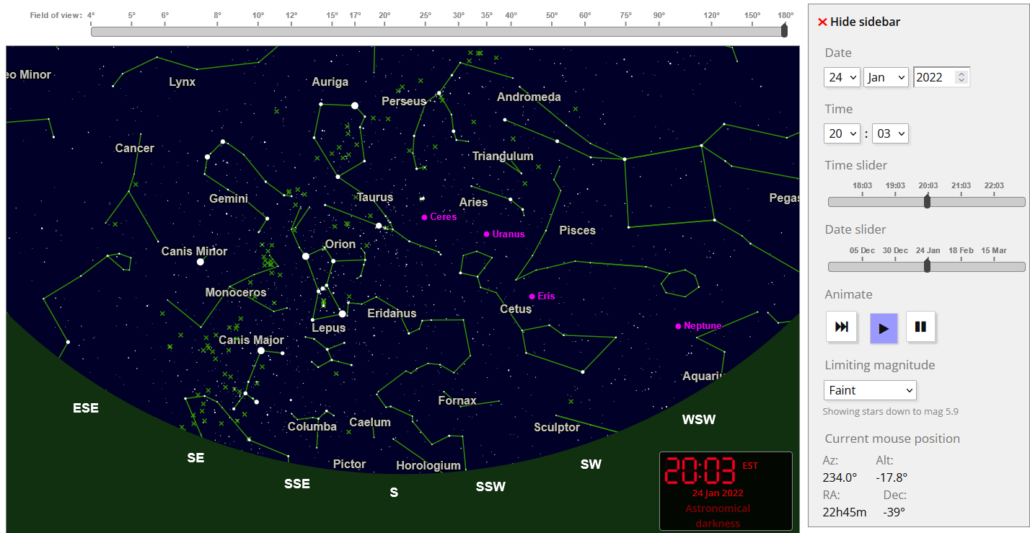
I live in Reston, and the coordinates of my town are 38.9586° N, 77.3570° W. For all practical purposes they are the coordinates of Fairfax County. Because we are just under 39 degrees from the equator, we can see a full 90 degrees south beyond our location. Subtracting 39 from 90 degrees, means we can see as far as 51 degrees south of the equator. For the casual stargazer, he or she is usually content with the stars of the ecliptic (the Sun’s apparent path across the sky) and points north to Polaris, the northern star. But if you look south, you’ll see a parade of constellations marching past you each night and through the seasons along the southern most visible latitude arc of the Earth as seen from Fairfax County. I live next to Lake Audubon, and there are places along the lake where there is a clear view of the southern sky directly opposite to the northern star. The tree line and homes are only about 4 degrees above the horizon, and that is pretty good, especially on winter evenings or mornings where the tree line is also partially transparent due to the loss of foliage.
What exactly can be seen? Most of us are familiar with the northern constellations and those of the ecliptic. Those are constellations with names such as the “Big Dipper,” Cassiopeia, Orion, Hercules, Virgo, Scorpius, Sagittarius, Cygnus and so on. Some of you may even be familiar with some of the bright stars in our Fairfax County sky like Vega, Rigel, and Betelgeuse, some of which take on blue and red hues. There are 88 constellations so I rather not name all the common stars and constellations seen from Fairfax County. But under (i.e., south of) the ecliptic there are some constellations that can be seen in their near entirety if you find a clear spot, like one on Lake Audubon. These include Piscis Austrinus with its bright blue star Fomalhaut, as well as the constellations of Microscopium, Sculptor, Fornax, Caelum, Columba, Pyxis, Antlia, Telescopium, and Lupus. Not only that, but there are even more southern sky constellations that reveal a good chunk of themselves, such as Centaurus, Vela, Phoenix, Grus, Corona Australis, and Norma.
The most challenging stars are those that form parts of constellations that are barely above our horizon. On one night I was very excited to see the bright stars called alpha and delta Horologii. On another night I observed sigma Arae. Under the constellation Columba, specifically just under the star eta Columbae, the constellation Pictor begins. With a telescope it would be possible to see some of the more fainter stars in that constellation. Finally, really close to the horizon (so you’ll need to find an extraordinary viewing site), it would be possible to see alpha or zeta Indi.
As we get closer to the horizon, the thicker atmosphere extinguishes the brightness of stars. Having a pair of binoculars will assist. For those who love astronomy, this is a star gazing activity, naked eye or with binoculars, that is an enjoyable effort to find those hidden and exotic gems of the southern sky.


